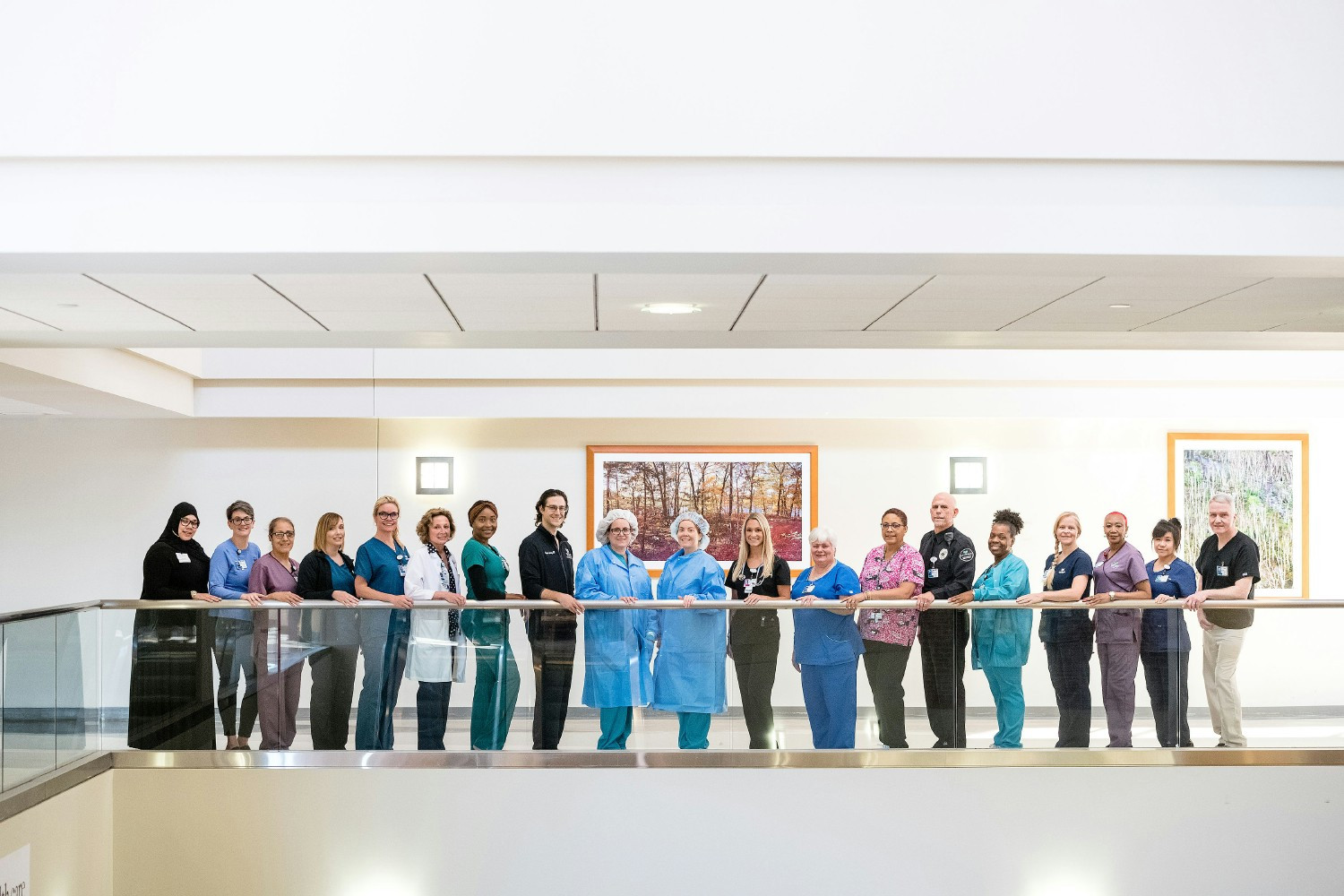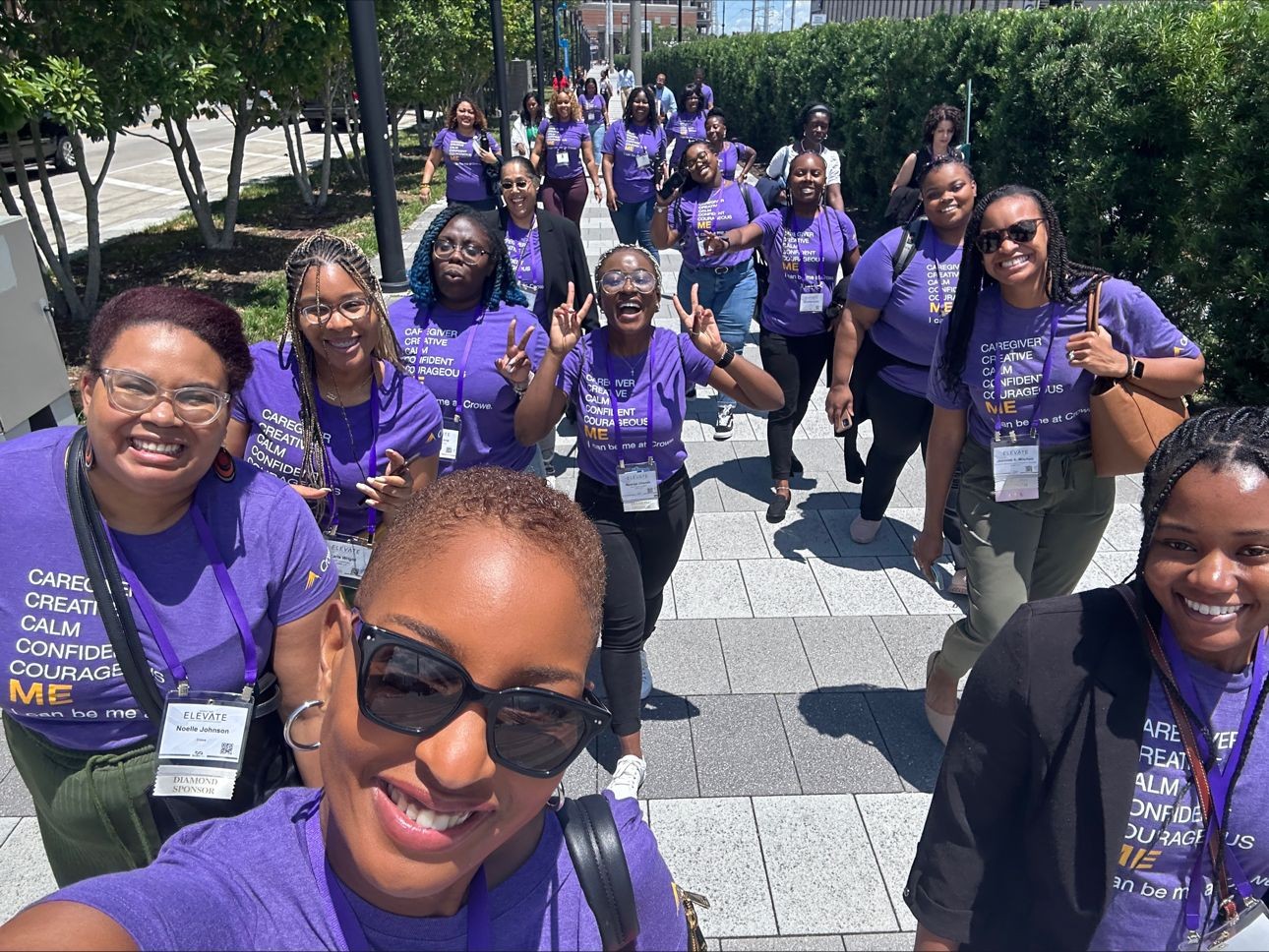Employee Well-being, Listening, Maintaining Company Culture
A look at how one of the Best Companies to Work For has successfully embraced the return to the office.
When the COVID-19 pandemic forced a mass adoption of remote work, little attention was paid to the long-term implications of a new model for work.
Many celebrated the rise in remote work for the increased flexibility it promised. Increased remote work offered a bigger talent pool, more work-life balance — particularly for caregivers — and the end of onerous commutes. And early numbers showed that remote work increased productivity.
As the immediate threat of COVID-19 recedes, will more companies start to question the wisdom of long-term remote work?
Workplace wellness practitioners say that a shift to remote work has prematurely aged employees who work from their kitchen table or couch rather than an ergonomic office chair. Microsoft research showed that virtual collaboration increases brainwave patterns associated with stress and overwork.
Making the return-to-office case
Power Home Remodeling, No. 13 on the 2023 Fortune 100 Best Companies to Work For® List, is currently on a hybrid work schedule with a majority of its corporate employees in the office three days a week. The company, headquartered in Chester, Pennsylvania, has been slowly adding days of in-person work to its schedule, one day at a time, ever since the immediate risks of COVID-19 subsided — a transition that has been necessary for their employees' well-being. Power Home Remodeling hopes to one day make the transition back to full-time in office when the time is right for their people.
“I think that people are happier and healthier and thrive when they are in-person and when they are sharing the same space with one another,” says Asher Raphael, co-CEO of the full-service exterior home remodeler.
A big part of the philosophy for Power Home Remodeling is in response to the impact of remote work on younger employees.
Researchers told The New York Times that remote work enhanced productivity for senior employees, but reduced feedback and oversight for more junior employees.
Young employees — and particularly young women — are not getting the mentorship and training in remote roles that can be found from in-person work.
When asking its 3,700 employees to return to the office, Raphael focuses on the responsibilities that co-workers have for one another.
“We spoke to [employees] about what their role in our community is, and that what the data clearly showed from virtual work: people that were the most hurt were newer people,” Raphael says.
“For those people, their overall happiness wasn’t as high … their retention wasn't as good, and it’s because they weren’t receiving the type of mentorship, they weren’t creating the types of relationships, they weren’t being led the same way.”
Power Home Remodeling has strong values around service and working for something that is bigger than oneself, which the company has invoked when asking employees to return to the office. Even if it was more convenient to work remotely, employees were open to a message about the importance of coming into the office to support their colleagues.
“The overwhelming majority of people felt either an initial want to come back, or they felt a level of responsibility for the other people around them,” Raphael says.
Save the date: Attend our annual company culture conference May 7-9, 2024
Listening and responding
Even though the company is adamant about its desire to bring employees back to the office, leaders are making a concerted effort to listen to employees.
Raphael boils it down to one essential question: “What were the things that employees didn't enjoy about being in-person every single day that are in our control and are not mission-critical?”
Power took time to investigate company norms that no longer served its needs, even down to the dress code.
“Our dress code was corporate attire — I wore a suit and a tie to work literally every single day for 18 years,” Raphael says. “That was something that people really didn’t want to go back to, and that’s an example of something that you can change to make people more comfortable.”
Power also saw an opportunity to support working parents by helping to subsidize $416 a month of childcare costs.
“It doesn’t go far enough,” Raphael says, “but it was a really big help in supporting people that had [no] childcare costs [while working remotely] … so that they don't feel like they’re having to make a decision between putting their kid in daycare or making a living.”
Going slow
The most important thing for Raphael in executing a planned return to the office is to go slow. Power Home doesn’t have a timetable for getting back to five days a week in the office.
“We’ll take our time with it, but we’re very clear about our North Star and where we’re going,” Raphael says.
Leaders will continue to listen and work with employees as the company adds more in-person workdays to the weekly schedule.
“When I think of balance, I actually think of routine,” Raphael says. “Routines are a really important part of what make people happy and healthy.” As the company brings people back to the office, Raphael is determined not to repeat the upheaval caused by the sudden shift to remote work in response to the pandemic.
“We had to really upend people’s routines when we were forced to go virtual,” he says. “We have the freedom to not do that now and give people time to build up a new routine if you want them to embrace this type of change.”
When focused on well-being, Raphael believes the choice between in-person and remote work becomes very simple.
“To me, it was always clear that people were going to be healthiest when they’re a part of a community,” he says. “A post-mortem really shows, I think, which businesses really put their people’s interest first.”
Get more insights
Hear the latest strategies and tips from Great Place To Work Certified™ companies by subscribing to our culture newsletter.











